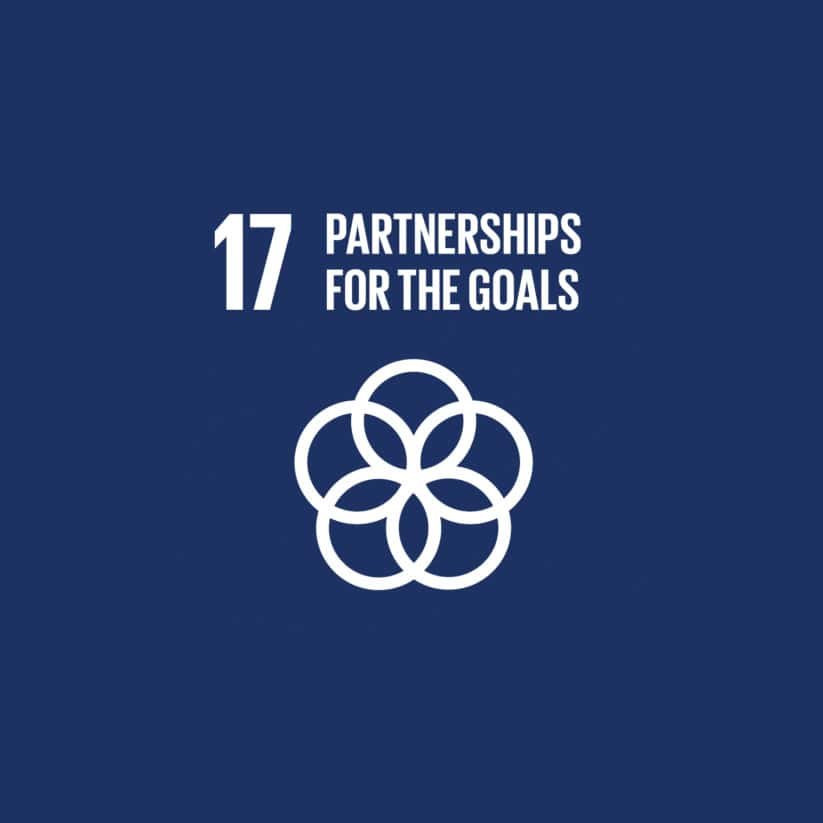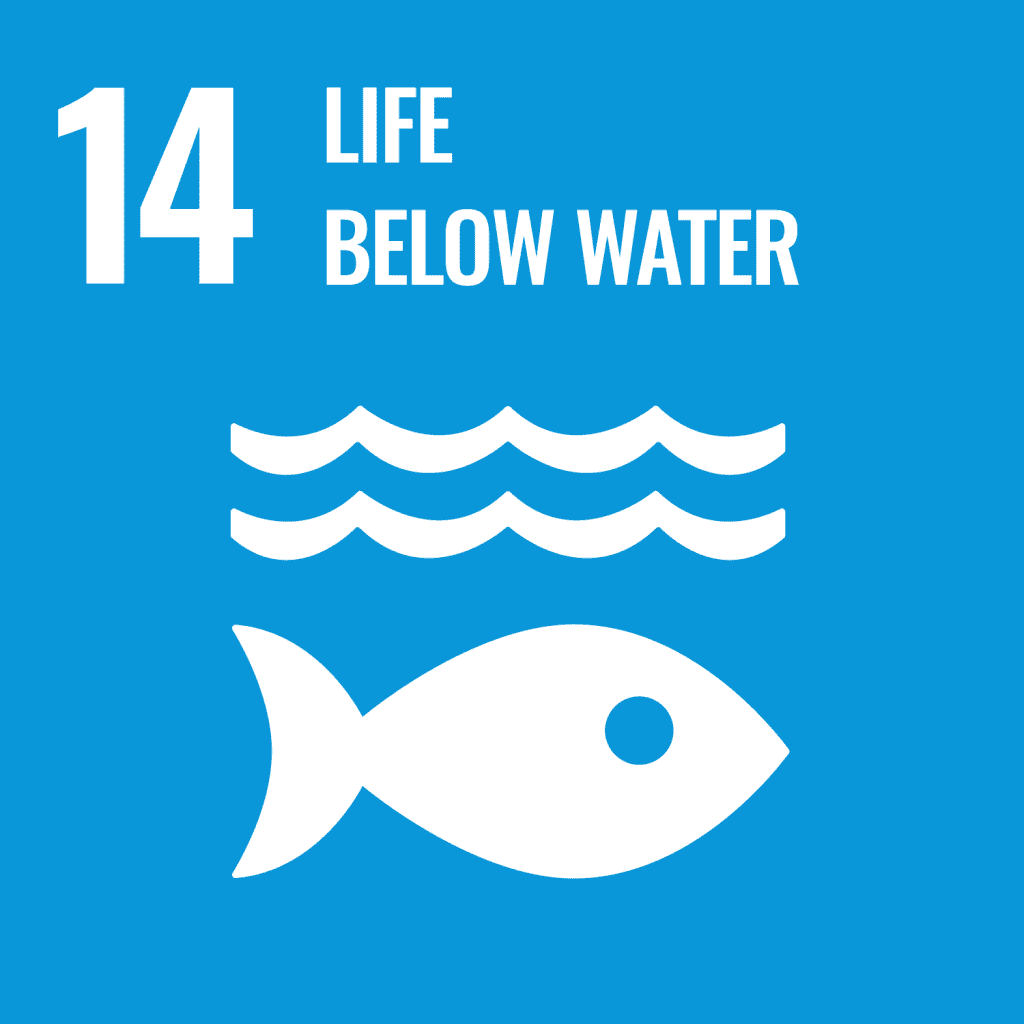
Connecting the world
A history of innovation
Alcatel Submarine Networks (ASN) keeps the world connected, manufacturing, laying, and maintaining the subsea fiberoptic cables and equipment that meet our growing demand for telecommunications and internet data.
“99% of internet traffic is transmitted through submerged cables and ASN is the market leader. So, if you’re viewing this on the internet, there’s a high probability ASN is involved,” says Tajinder Bhambra, UK Managing Director at ASN.
ASN started operations in 1994, but its manufacturing site in Greenwich has its roots in the early 1800s, when it was occupied by the sail and rope works of Samuel Enderby & Sons, an enterprising whaling company. The facility was later acquired by cable maker Glass, Elliot & Co, which was part of a historic first – the laying of transatlantic cable in 1858.
Continuing this communications legacy in Greenwich, ASN makes the cutting-edge components, from the electronics to the optical repeaters (or amplifiers) that enable signals to be transmitted over many thousands of kilometers.
Sensing whale song
ASN’s cabling and optical repeaters are primarily designed for telecommunications but have unexpected environmental monitoring benefits, too.
Using groundbreaking Distributed Acoustic Sensing (DAS) technology, sensors on ASN’s subsea optical equipment can record the activity of marine mammals, such as the song of baleen whales in the Arctic Ocean. This has huge advantages over conventional sound recording, which involves deploying expensive equipment.
“Documenting whale activity for scientific study completes an extraordinary historic circle for ASN … We’ve gone from whaling in the 19th century to whale activity monitoring in the 21st,” says Bhambra.
DAS has the potential to cross vast optical subsea networks, capturing activity as it happens. While it can monitor for threats to cables such as seismic events, it’s the technology developed by ASN to gather precious data from the deep sea that is helping scientists tackle climate change and the impact on biodiversity.
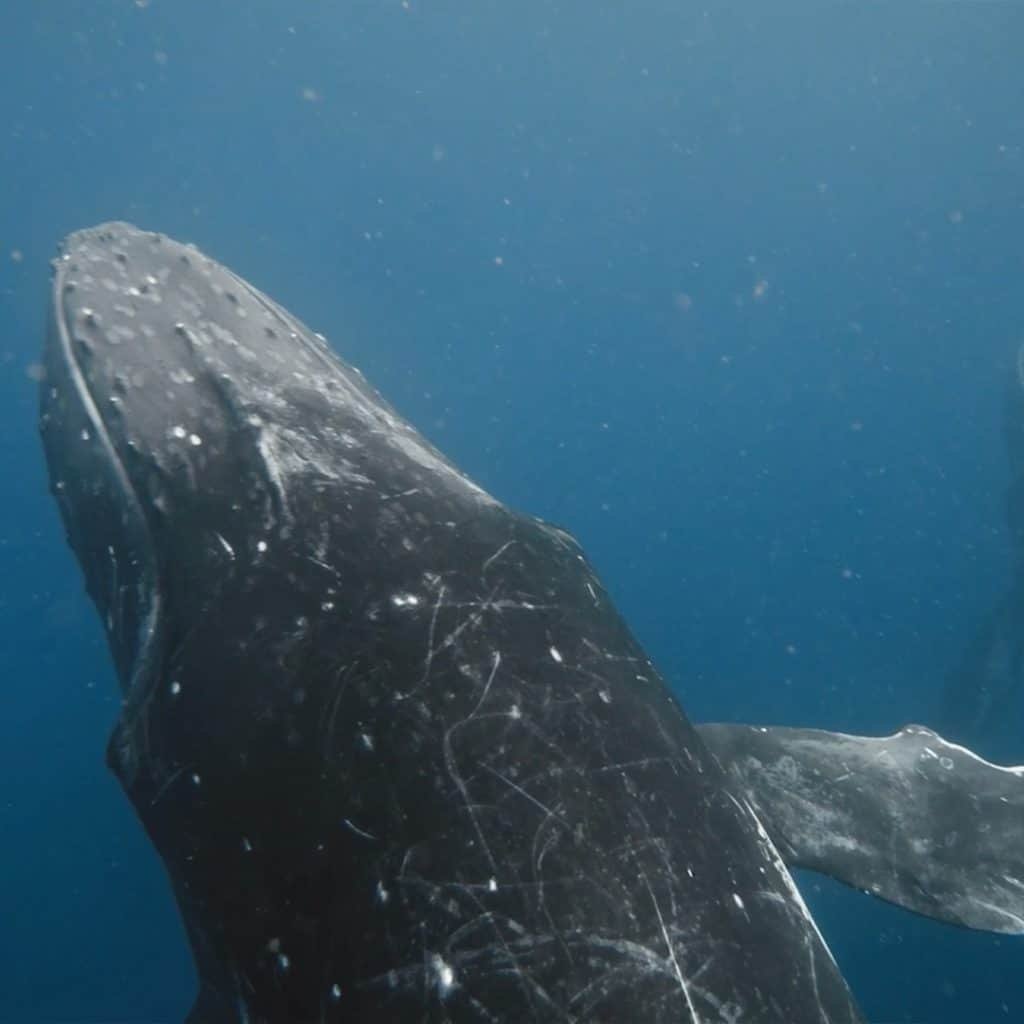
Where in the world?
While manufacturing takes place in Greenwich, the product design team work from Paris. The company also has a high-tech manufacturing site in Trondheim, Norway, and operations everywhere from Cape Verde to Australia.
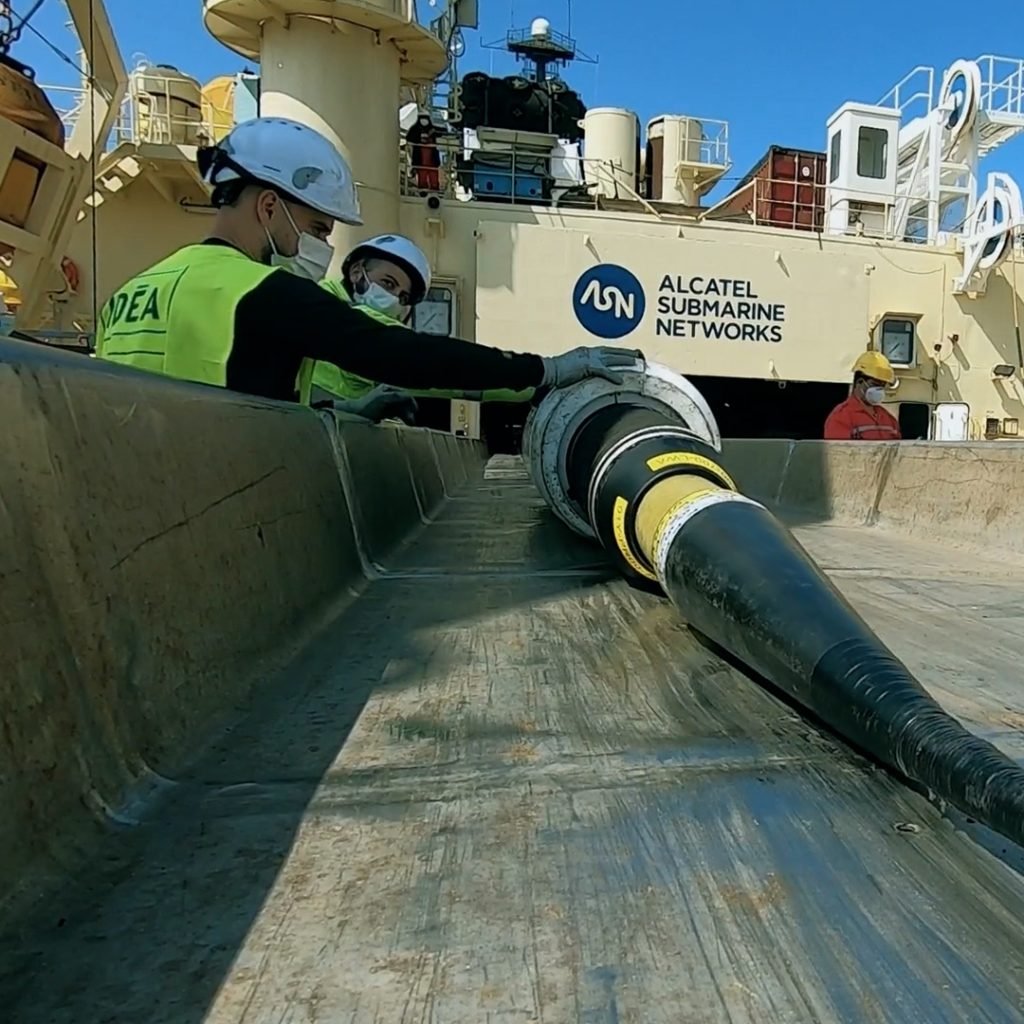
Careful cabling
ASN’s own state-of-the-art fleet of cable ships installs cables on ocean floors, with sophisticated modeling technology that ensure cable routes are correctly plotted according to the seabed’s terrain. Once laid, the cables lie inert, becoming covered by subsea flora and posing no environmental threat.
“We must never forget that it’s a privilege to be trusted to lay cables on the seabed and we’ve got to ensure that nothing we do makes things worse for the subsea environment,” says Mick McGovern, Deputy Vice President, Marine Operations, at ASN.
What does a sustainable future look like?
For ASN it’s about providing infrastructure for economic and social good while preserving the environment, in line with SDG 14, which aims to conserve and sustainably use the oceans, seas, and marine resources for sustainable development.
But it’s not about working alone. “We engage with all our suppliers to ensure that together we understand the impact we have on the environment and work together to actively reduce it,” says Tony Delport, Operations Director at ASN.
Did you know?
ASN has laid more than 850,000km of subsea cables – that’s enough to circle the globe 21 times.
More SDG projects


SDG 2: Zero Hunger

SDG 3: Good Health and Well-being

SDG 4: Quality Education

SDG 5: Gender Equality
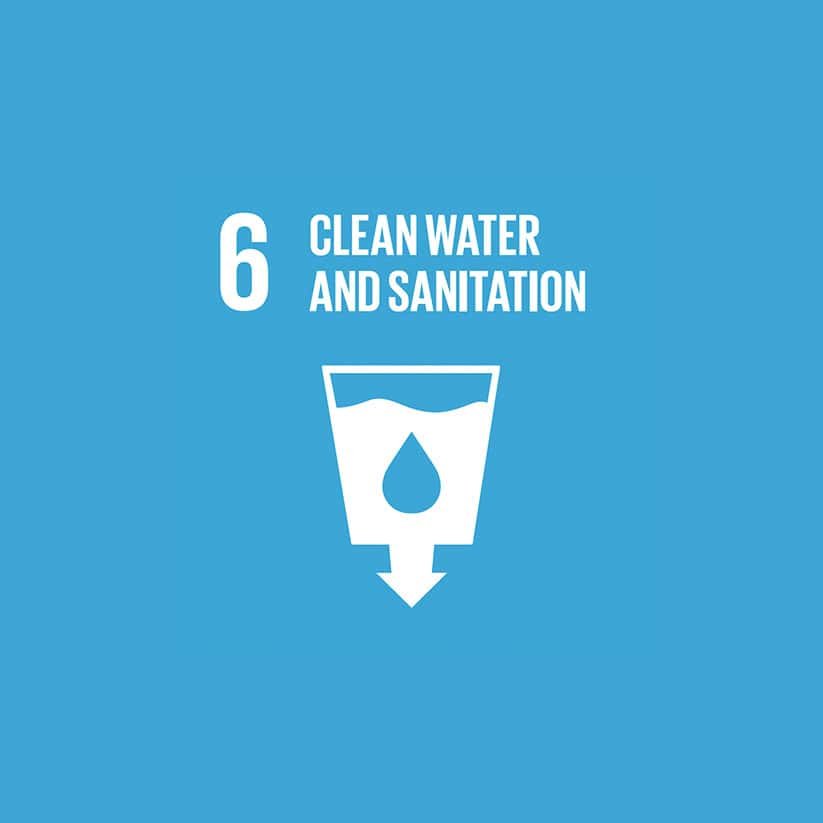
SDG 6: Clean Water and Sanitation
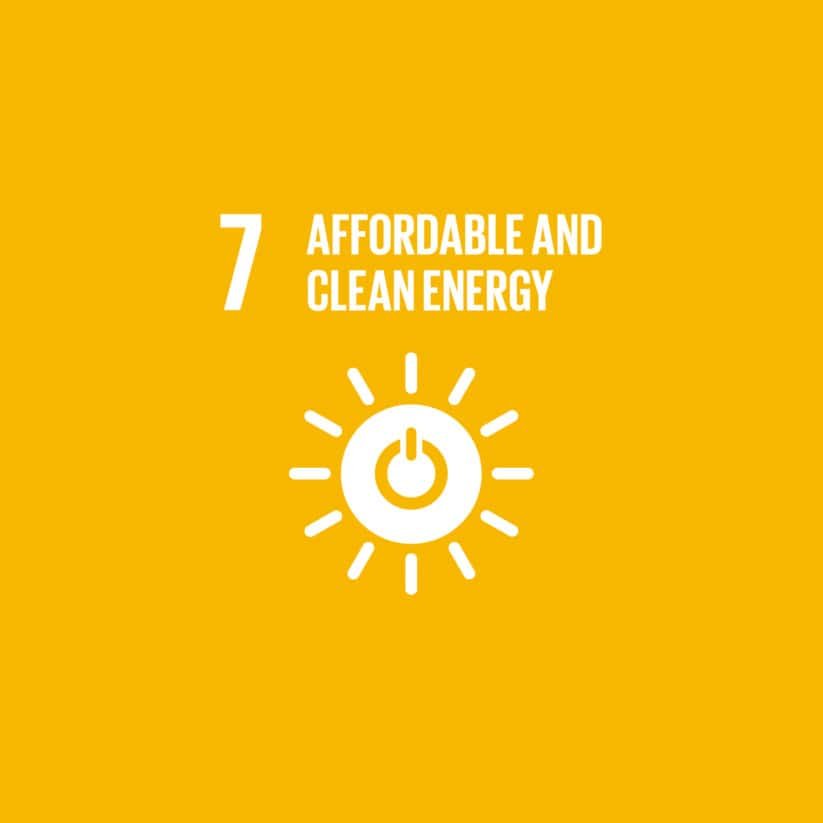
SDG 7: Affordable and Clean Energy

SDG 8: Decent Work and Economic Growth
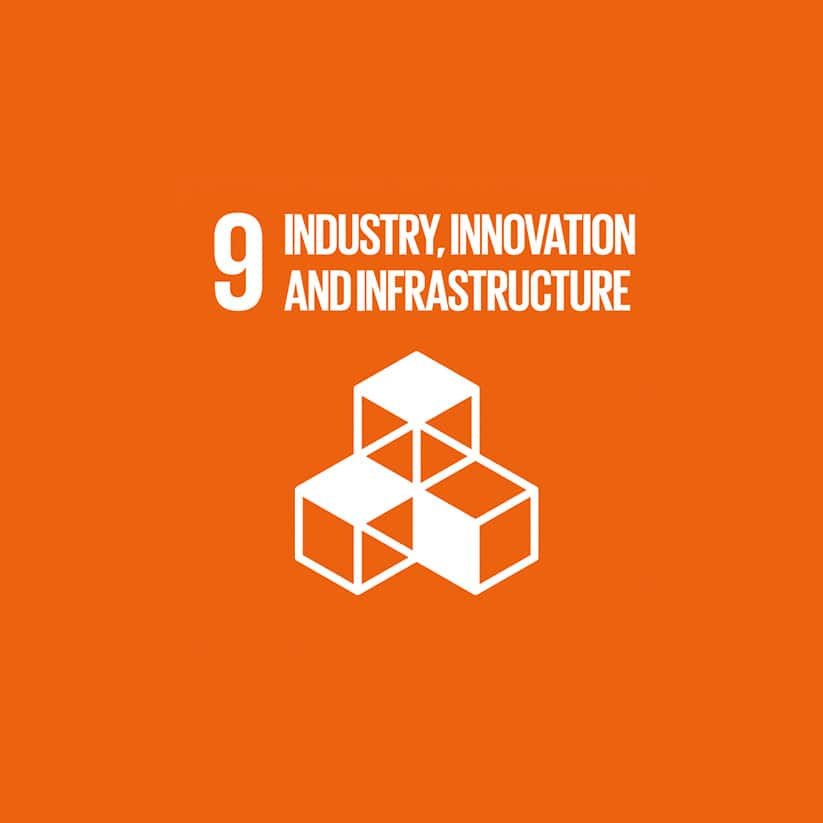
SDG 9: Industry, Innovation, and Infrastructure

SDG 10: Reduced Inequalities

SDG 11: Sustainable Cities and Communities

SDG 12: Responsible Consumption and Production

SDG 13: Climate Action
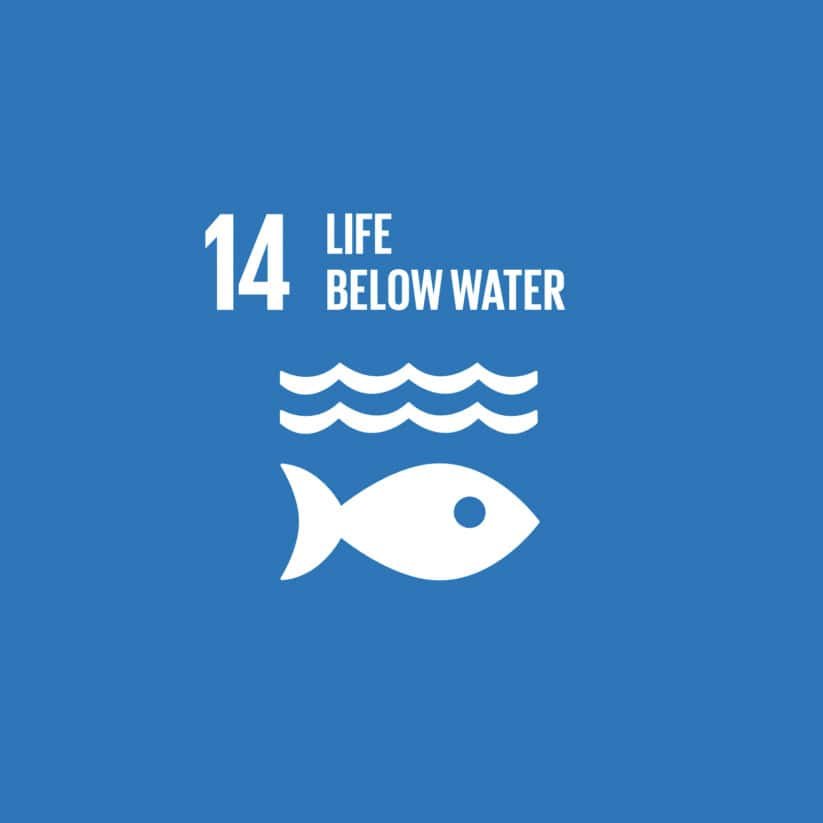
SDG 14: Life Below Water

SDG 15: Life on Land

SDG 16: Peace, Justice, and Strong Institutions
